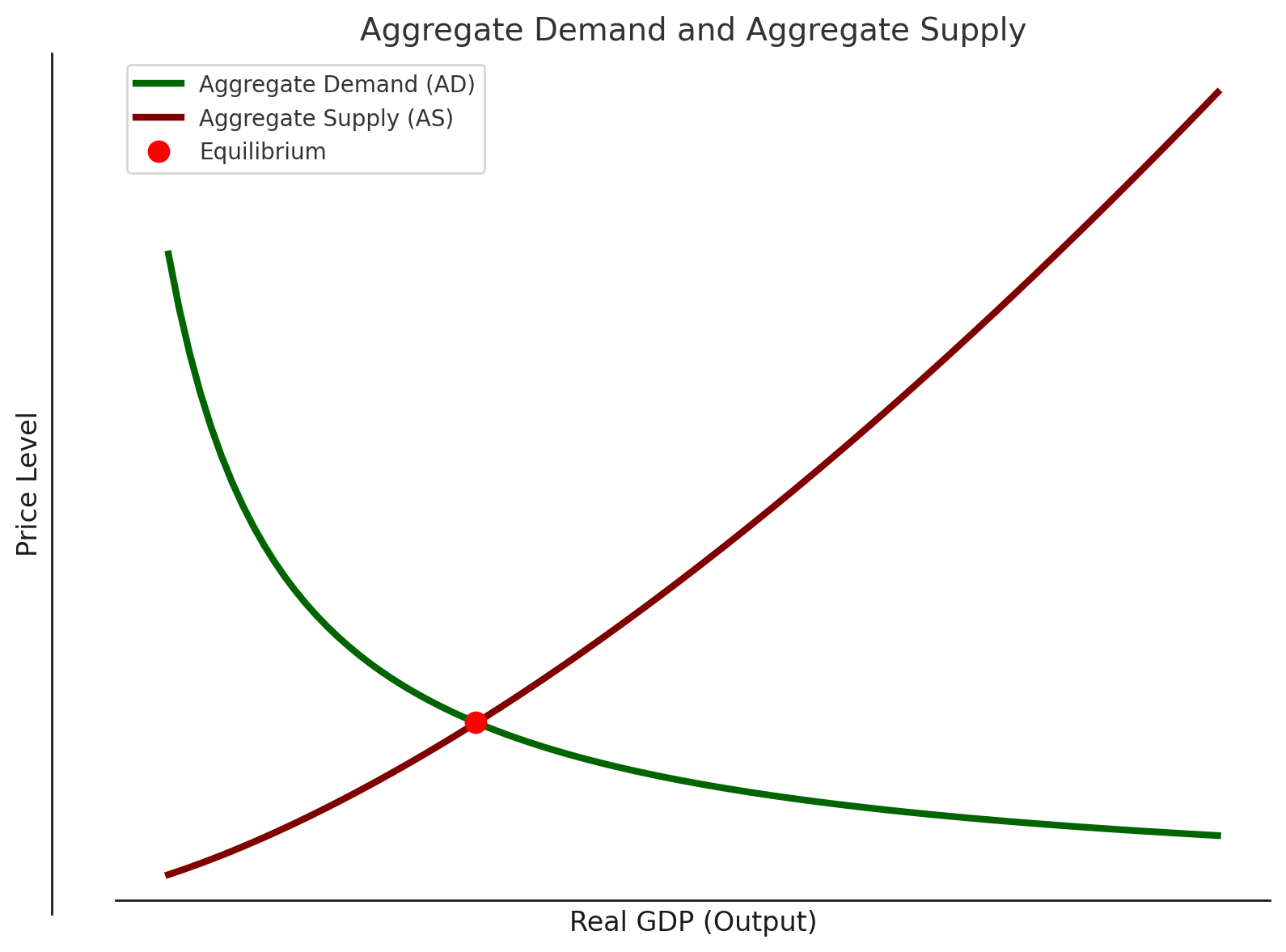Welcome to Aggregate Supply! You've mastered Aggregate Demand, now let's explore the production side of the economy.
Aggregate Supply (AS) shows the total quantity of goods and services firms are willing to produce at different price levels.
Engagement Message
What do you think happens to production when prices rise?
The Short-Run Aggregate Supply (SRAS) curve slopes upward. When prices rise, businesses produce more because they can earn higher profits.

Unlike AD, which slopes down, SRAS slopes up - higher prices encourage more production.
Engagement Message
In one sentence, why would higher prices motivate businesses to produce more?
Here's the key: in the short run, some production costs are "sticky" - they don't change immediately when prices rise.
Sticky wages are the biggest example. Worker contracts often lock in wages for months or years.
Engagement Message
If your wage is fixed but prices rise 5%, are you better or worse off?
When output prices rise but wages stay fixed, businesses see higher profit margins. This motivates them to hire more workers and increase production.
But there's a limit! At some point, all resources are fully employed and output can't increase further.
Engagement Message
What happens when every available worker is already employed?
Potential output (or full employment output) is the maximum sustainable production level. It's where the economy naturally gravitates in the long run.
The SRAS curve gets steeper as we approach potential output because resources become scarce.
Engagement Message
What resource constraints might limit production even with higher prices?
